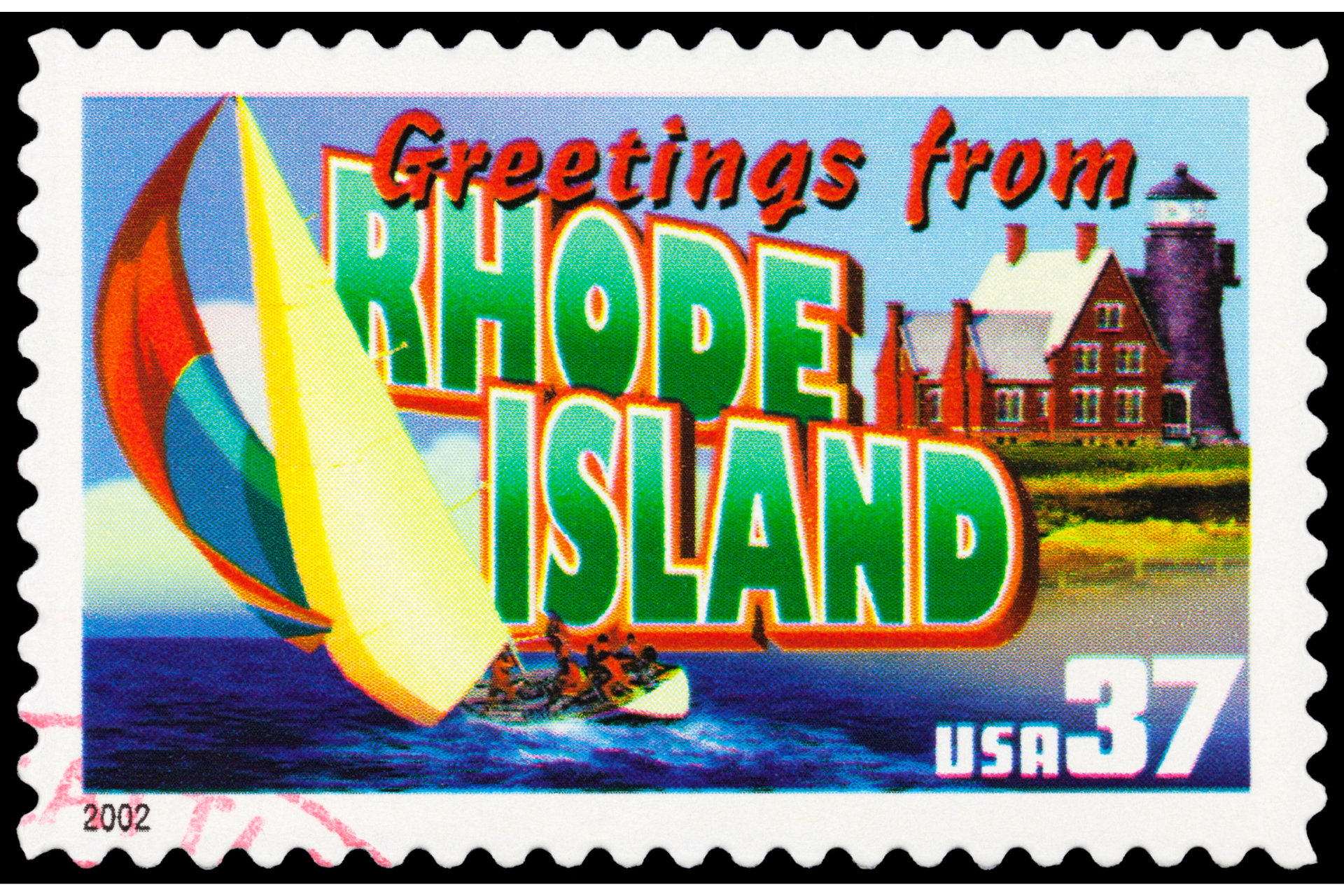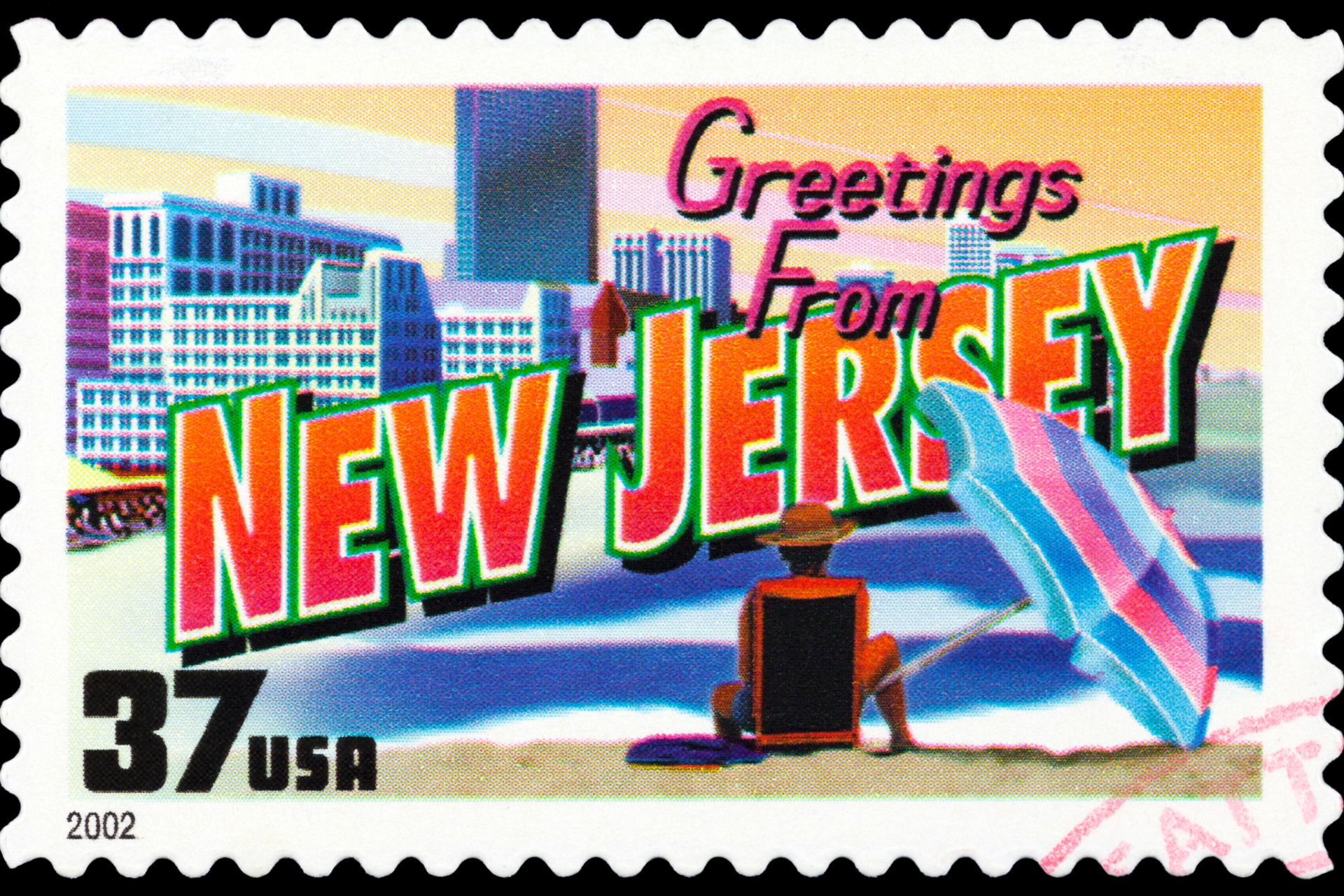A city council member in Connecticut, Amilcar Hernandez, told a journalist last year, “I think that the people of Puerto Rico should have access to understand very clearly what each of these options really mean. What does independence really mean? What does statehood mean? What does sovereignty with free association really mean?” This is just one of many examples over the years of people asking for clarification of Puerto Rico’s status options.
The source of the confusion
In the 1950s, after requiring a few changes, Congress approved a constitution for Puerto Rico and Puerto Rico adopted the name “Commonwealth of Puerto Rico” or, in Spanish, “Estado Libre Asociado de Puerto Rico.” The historical record shows that there was some real confusion over what these terms meant from the very beginning. Confusion increased, if anything, over the years.
Some Puerto Rico leaders claimed that there was a compact of free association between Puerto Rico and the United States, others averred that Puerto Rico was no longer “a mere territory.” Schools in Puerto Rico taught that there was a unique relationship between the United States and Puerto Rico, offering “the best of both worlds” somewhere between statehood and independence.
The federal government has always been clear on this point: Puerto Rico is a territory of the United States. The Supreme Court declared in the 21st century that Puerto Rico has no sovereignty. The idea of a special “commonwealth” relationship that could be perfected over time was never a reality.
But the widespread belief in this myth did bring confusion. Defenders of the “commonwealth” had trouble defining the status they claimed Puerto Rico had attained — but they still insisted that it should be on the ballot at any referendum on Puerto Rico’s status. Naturally, voters have been confused.
“What does independence really mean? What does statehood mean?”
Confusion over “commonwealth” status is real. Confusion over statehood and independence are not.
There are 50 states. The roles of states are laid out in the U.S. Constitution, and the Constitution provides that each state is on an equal footing with every other state. There is no real uncertainty about what a state is in the United States.
Under the 10th Amendment to the U.S. Constitution, anything that is not specifically laid out in the Constitution is under the control of the individual states. This includes matters such as official languages, educational systems, local taxes, and state laws.
As for independence, there are 195 internationally recognized countries, including 193 U.N. member states and two that have been granted observer status. International law specifies that countries must have defined borders and a permanent population, a government, and the ability to enter into relationships with other nations, according to the 1933 Montevideo Convention.
The details of a relationship between the United States and an independent Puerto Rico would have to be settled by negotiated treaties, but the meaning of independence is not controversial at all. As with states, there are plenty of examples of independent nations that can be studied in case anyone is uncertain.
What does sovereignty with free association really mean?
The definition of free association is less well known, but there are examples of this as well. Free association is a relationship between two independent nations. The United States has three compacts of free association with three independent nations.
The Puerto Rico Status Act has definitions of both Independence and Free Association (as well as statehood), but the details of a relationship of free association must be negotiated between two nations. Even if the bill is passed as-is, which did take place in 2022 when the House passed the act, that will not force Congress to accept the terms as presented in the bill. “Free” in “free association” means that either party can change or reject the relationship.
A vote for free association may reflect dreams and aspirations, but nothing is guaranteed until it is signed between the two nations and funded, and even then the terms can (and do) change over time.
What’s behind the demands for clarification?
The Puerto Rico Status Act reflects a congressional commitment to offer Puerto Rico status options and to abide by the decision of the voters. No option that Congress would not honor should be included in the bill.
With that said, it’s worth looking at the real-life consequences of the continuing demands for clarification. Three times during this century Puerto Rico has voted on its political status. Three times, statehood has been the choice of the voters. Polls routinely show that the majority of residents of Puerto Rico, and the American public as a whole, favor statehood.
Calls for clarification of the meaning of statehood are not likely to change that. Voters already know what it means to be a state. Full participation in U.S. democracy, full protection under the U.S. Constitution, full representation in Congress, the ability to vote in presidential elections, the full sovereignty of a state — these are the characteristics of statehood.
But those constant demands for clarification can delay the process. Insistence on a constitutional convention can drag the question out for decades more. False promises guaranteeing U.S. citizenship in countries outside the U.S. muddle the debate as well as the perception of voters as to what their true options are.
In a nation that began in 1776, the concept of “statehood” has been defined for well over two centuries. The world is also replete with examples of independent countries. It may be time to narrow the debate.


